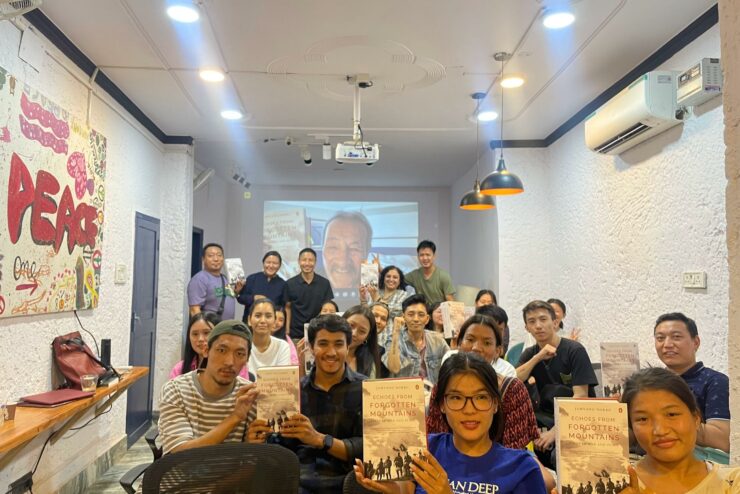Find out more about life for Tibetans in exile in our new regular feature! In this issue, we focus on life in Tibetan settlements … we hope you enjoy this insight into the lives of the people we work with.
Soon after Tibetan refugees first began arriving in India in 1959, the Indian government gave land to establish settlements where they could live for as long as they needed. There are now 58 Tibetan settlements in India, Nepal and Bhutan.
Originally founded to reflect the main livelihoods of the people living in the settlement, usually agriculture or handicrafts, there are now wider variations between settlements. But the sense of community remains strong, with a focus on preserving Tibetan culture and traditions. Tenzin Nyima, Project Liaison Officer in India, says:
Tibetan Buddhism is an all-encompassing philosophy of life, and for many people their day begins with a prayer at their home or at the local monastery.
In agricultural settlements people then go to work the fields and cultivate crops. In handicraft based settlements, the day’s work might include weaving carpets, making noodles, printing prayer flags or making incense. Tenzin says,
Parents keep their kids at the settlement creche so they can go to work. Elders spend some time during the day at the monastery doing their kora (circumambulating the monastery) and reciting prayers.
Most settlements have a monastery and a small school for those children too young to go to one of the Tibetan boarding schools. In the larger settlements in south India, such as Bylakuppe, communities are more vibrant with larger monasteries and schools, like Tibetan Children’s Village and Sambhota. Many children’s education is sponsored by supporters like you!
Eating together is a big part of Tibetan family life. In the evenings families gather to share a meal and walk around the settlement’s monastery or stupa.




